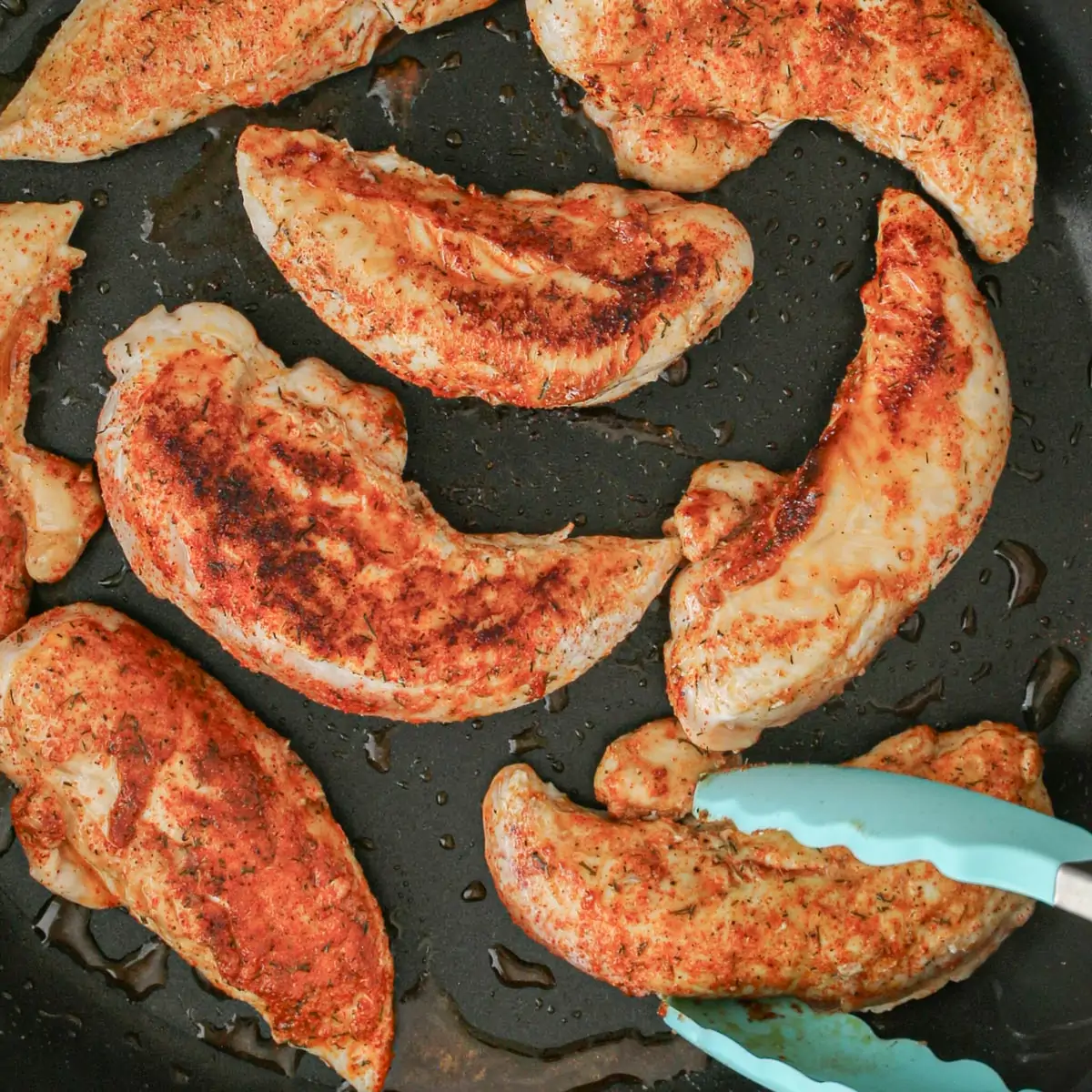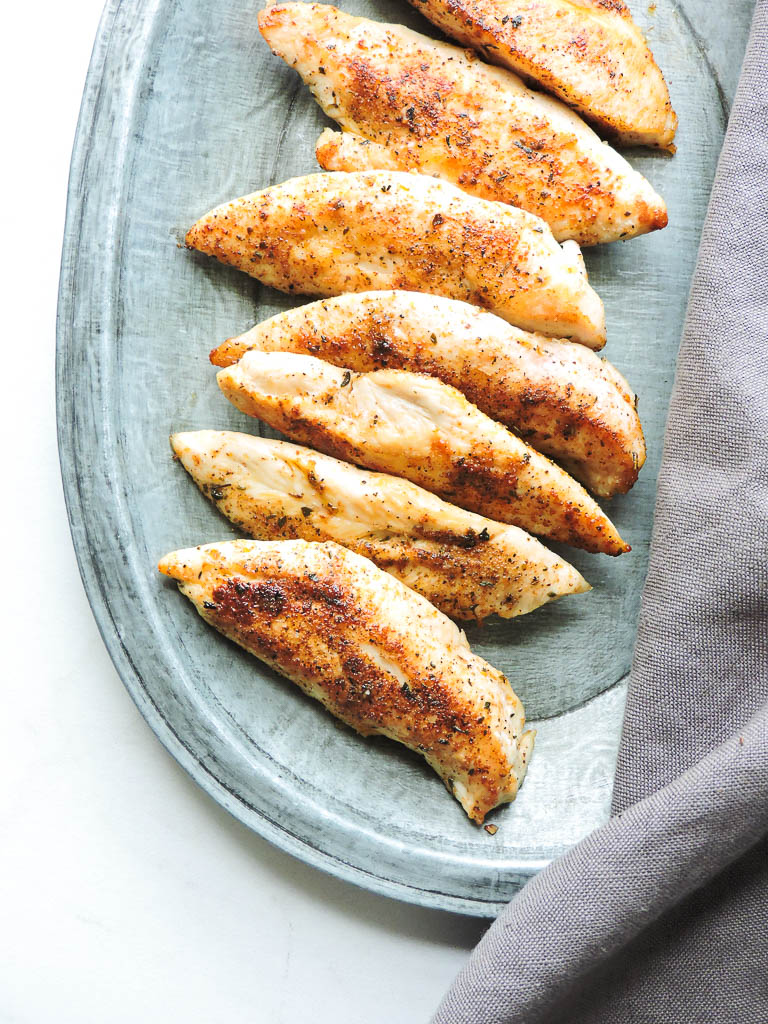Perfectly Cooked Thin Chicken Strips on the Stove
I. Introduction
Thin chicken strips have become a popular choice for their versatility and convenience as a protein option. However, to ensure optimal tenderness and flavor, it is crucial to determine the ideal cooking time for these delicate strips. This article will focus on understanding the factors that affect cooking time and exploring various techniques that can help you achieve perfectly cooked thin chicken strips.
II. Factors Affecting Cooking Time
A. Thickness of the chicken strips
The thickness of the chicken strips plays a significant role in determining the cooking time. Thicker strips will require more time to cook thoroughly compared to thinner ones. To ensure even cooking, it is essential to adjust the cooking time based on the specific thickness of the chicken strips.
- Impact of thickness on cooking time
Thicker chicken strips will require a longer cooking time to ensure that the center is cooked thoroughly without overcooking the exterior. Failing to adjust the cooking time accordingly may result in undercooked or overcooked chicken.
- Adjusting cooking time based on specific thicknesses
For thin chicken strips (around 1/4 inch to 1/2 inch thick), a quick cooking time is usually sufficient to achieve the desired results. Cook these strips for approximately 2-3 minutes per side, flipping once, until they are cooked through and no longer pink in the middle.
Thicker chicken strips (around 1/2 inch to 3/4 inch thick) may require slightly longer cooking times. Cook them for approximately 4-6 minutes per side, flipping once, until they reach the recommended internal temperature.
III. Cooking Techniques for Perfect Thin Chicken Strips

A. Preparing and seasoning the chicken strips
Before cooking the thin chicken strips, ensure that they are properly prepared and seasoned. Trim any excess fat or connective tissue and pat them dry with a paper towel. Season the strips with your preferred seasonings, such as salt, pepper, herbs, or spices, to enhance the flavor.
B. Choosing the right cooking oil
Selecting the right cooking oil is essential to achieve a flavorful and crispy texture for your chicken strips. Use oils with high smoke points, such as vegetable oil, canola oil, or peanut oil. These oils can withstand high heat without burning, ensuring that your chicken strips cook evenly and develop a golden-brown crust.
C. Pan-frying the chicken strips
Pan-frying is a popular method for cooking thin chicken strips due to its ability to provide even heat distribution and a crispy exterior.
- Determining the appropriate heat level
Preheat your pan over medium-high heat to allow the oil to reach the desired temperature. It should sizzle when the chicken strips are added, but not smoke excessively.
- Flipping the chicken strips at the right time
Allow the chicken strips to cook on one side until they develop a golden-brown crust. This usually takes about 2-3 minutes for thin strips. Flip them using tongs and cook for an additional 2-3 minutes on the other side until they are cooked through.
- Ensuring even cooking throughout
To ensure even cooking, avoid overcrowding the pan. Cook the chicken strips in batches if necessary, allowing enough space between each strip for proper heat circulation. Overcrowding the pan can cause the chicken strips to steam rather than brown, resulting in a less crispy texture.
By following these cooking techniques, you can achieve perfectly cooked thin chicken strips with a tender and juicy interior and a crispy and flavorful exterior.
IV. Monitoring Cooking Time
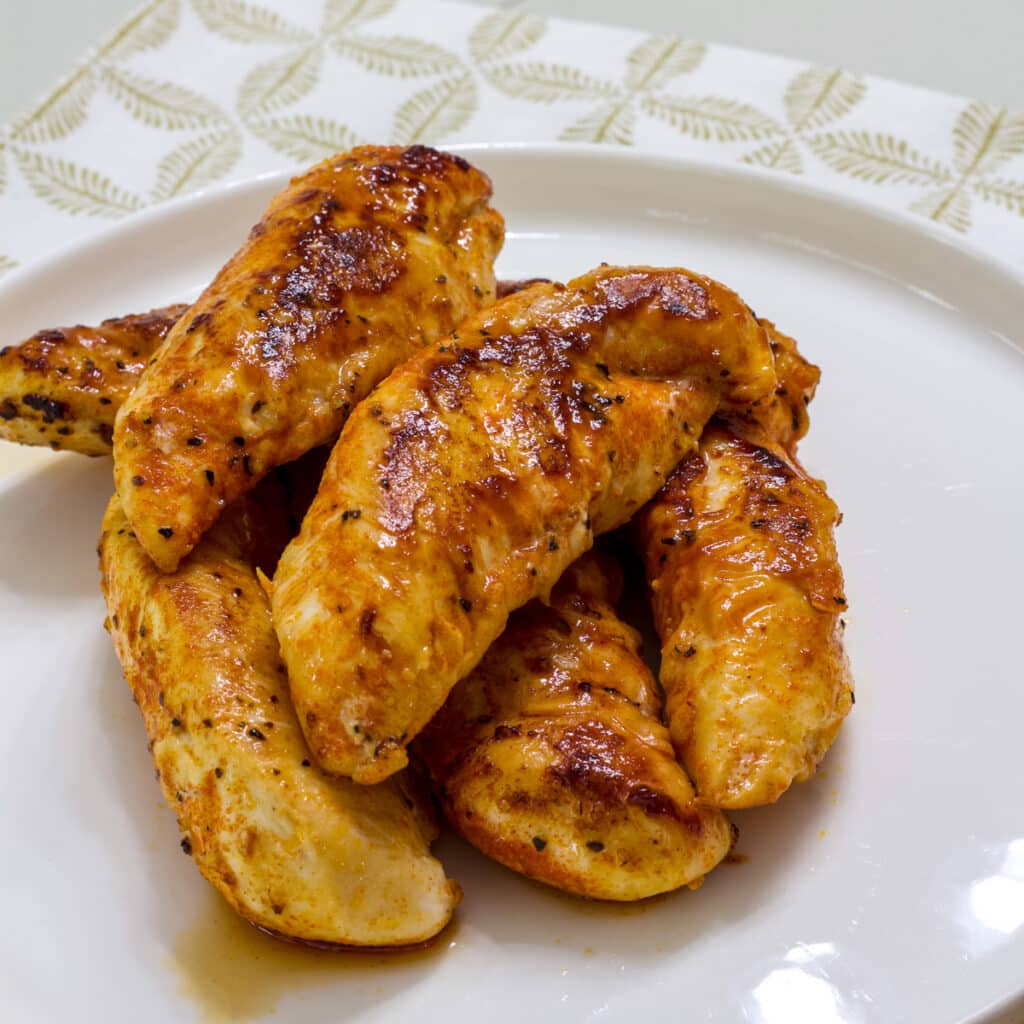
A. Using a digital thermometer to check for doneness
When cooking thin chicken strips, it is crucial to ensure they are cooked to the proper internal temperature to guarantee food safety. One of the best ways to monitor the doneness of chicken is by using a digital thermometer. Follow these steps to accurately measure the temperature of your chicken strips:
- Insert the probe of the digital thermometer into the thickest part of the chicken strip, avoiding contact with bone or excessive fat.
- Wait for a few seconds until the temperature reading stabilizes.
- For thin chicken strips, a safe internal temperature is 165°F (74°C). At this temperature, the chicken is fully cooked, tender, and safe to eat.
Remember to clean the digital thermometer after each use to prevent cross-contamination.
B. Avoiding overcooking the chicken strips
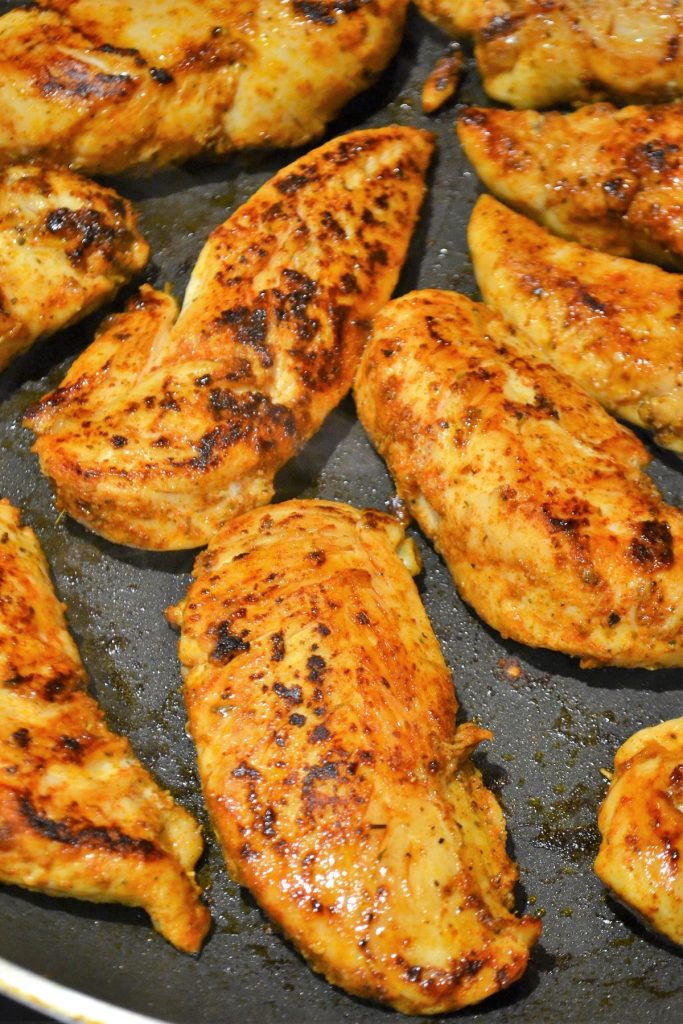
Overcooking thin chicken strips can result in dry and rubbery meat. To avoid this, it is essential to pay close attention to the cooking time and temperature. Follow these tips to prevent overcooking:
- Set a timer and keep a close eye on the chicken strips while they are cooking.
- Cooking on medium-high heat is usually sufficient to achieve a nicely browned exterior without overcooking the interior.
- Cook the chicken until it reaches the recommended internal temperature of 165°F (74°C) without exceeding it.
- Remove the chicken strips from the heat source promptly once they reach the desired internal temperature.
By being vigilant and ensuring the chicken strips are not overcooked, you can maintain the desired tenderness and juiciness.
C. Adjusting cooking time based on personal preferences
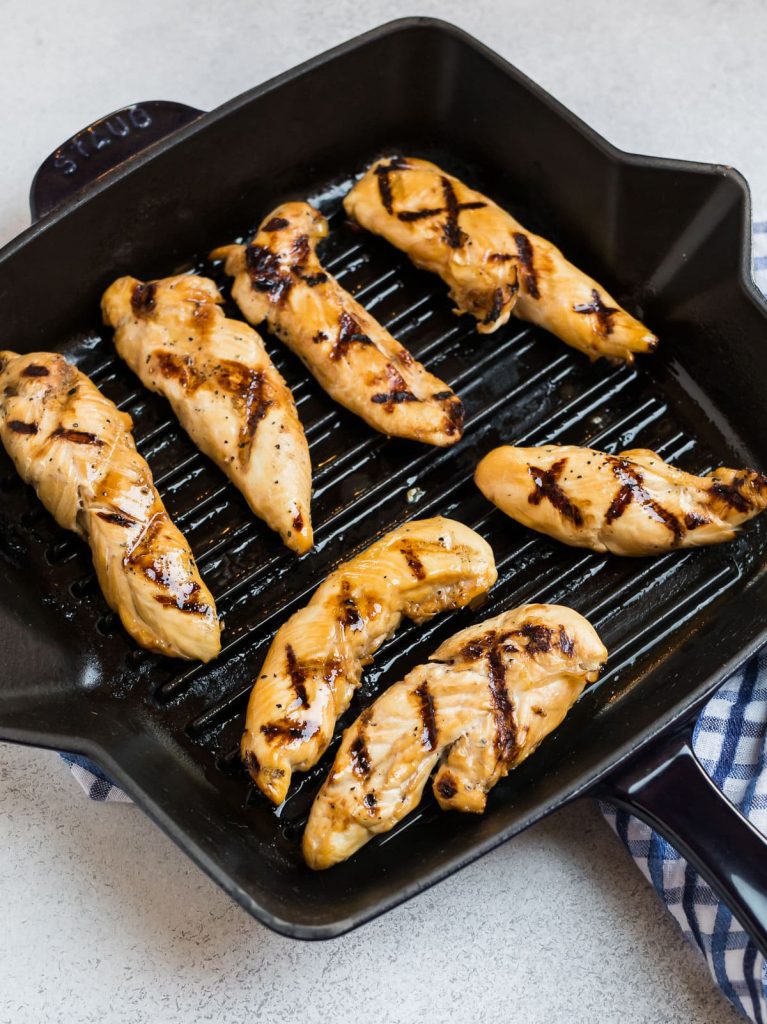
Every individual has different preferences when it comes to the texture and doneness of their chicken. Some prefer their chicken strips to be slightly pink in the center, while others prefer them fully cooked and well-done. Adjusting the cooking time allows you to achieve your desired level of doneness.
- If you prefer your chicken strips to be slightly pink in the center, you can remove them from the heat when they reach an internal temperature of 160°F (71°C). Let them rest for a few minutes, during which residual heat will continue to cook the chicken and raise the temperature by a few degrees.
- For well-done chicken strips with no hint of pink, cook them until they reach the recommended internal temperature of 165°F (74°C) and ensure the entire chicken strip has reached this temperature.
Remember to consider carryover cooking, which refers to the phenomenon where residual heat continues to cook the meat after it has been removed from the heat source. By accounting for carryover cooking, you can achieve your desired level of doneness.
By using a digital thermometer, avoiding overcooking, and adjusting the cooking time to meet personal preferences, you can ensure perfectly cooked thin chicken strips that are tender, juicy, and safe to consume.
